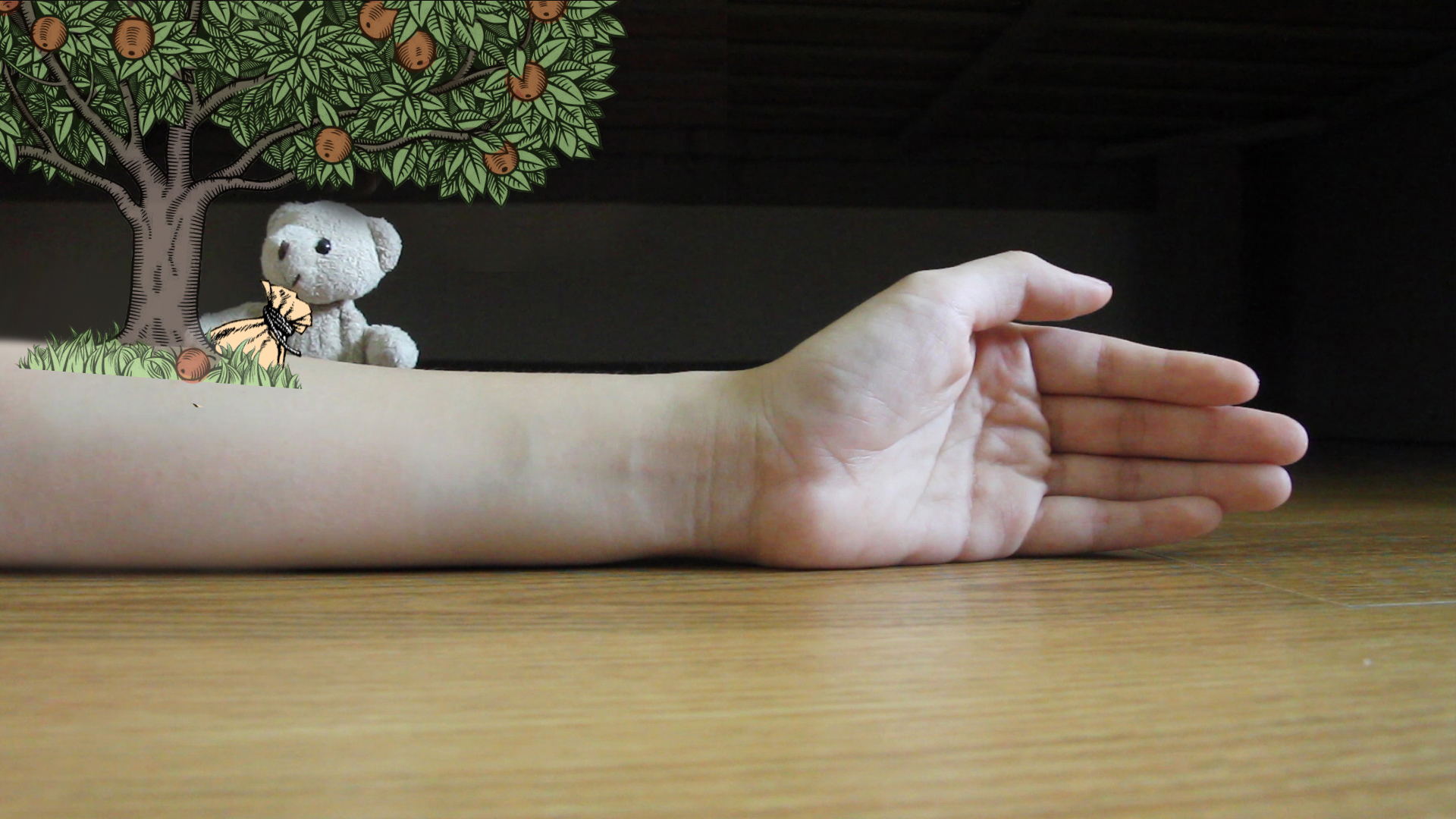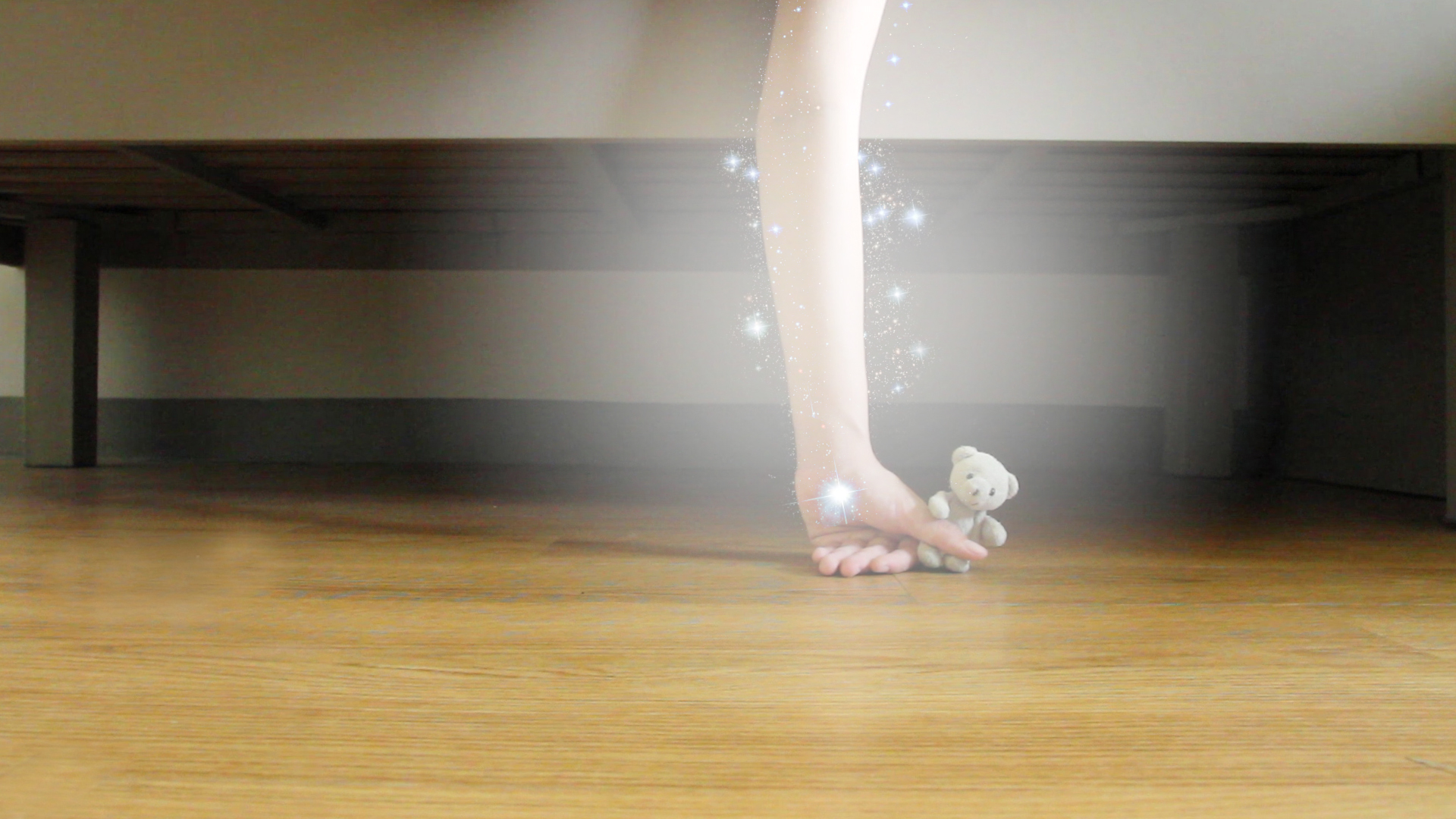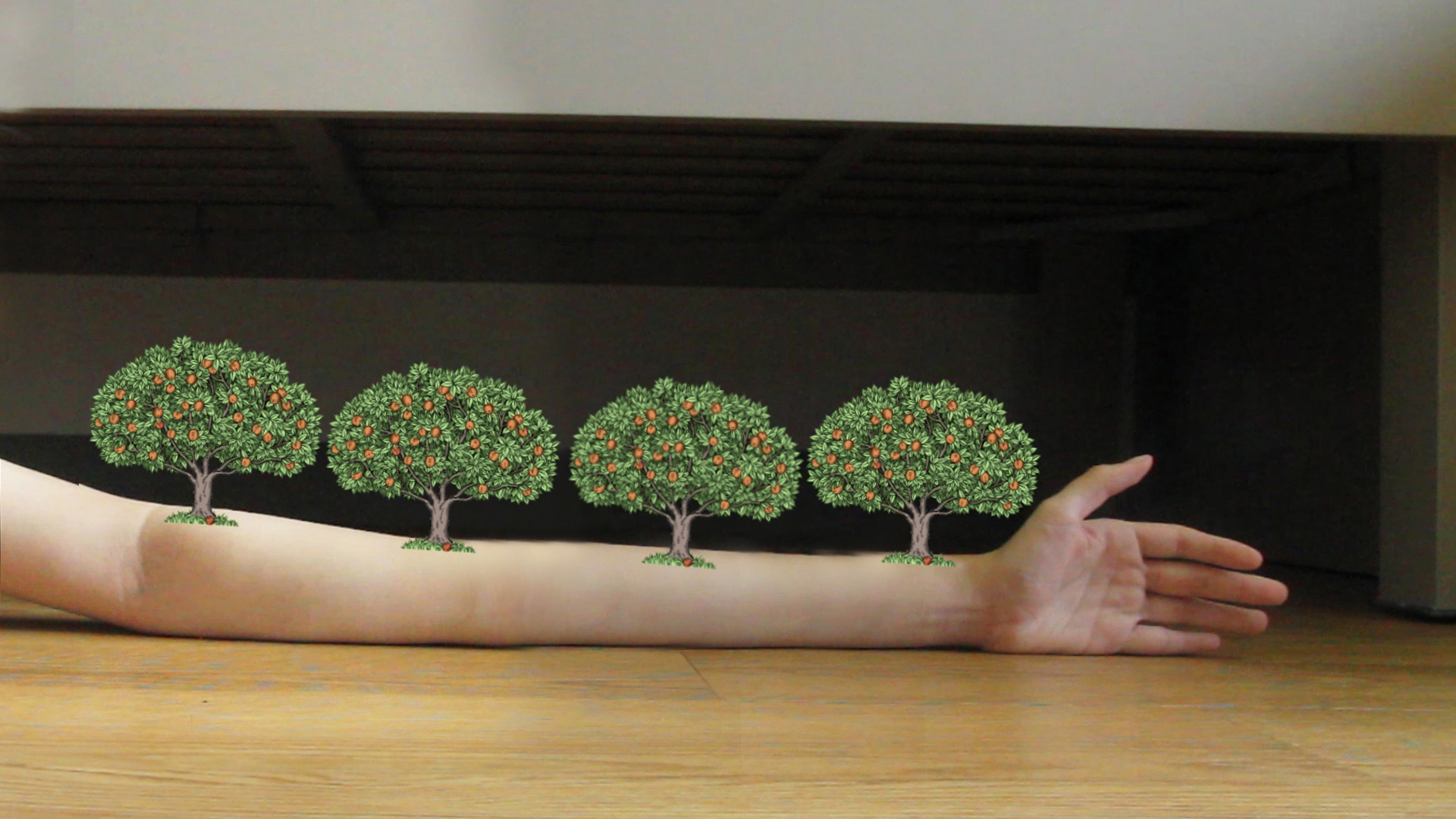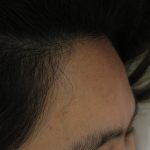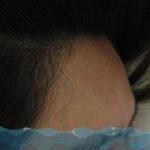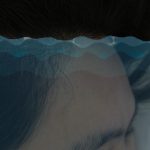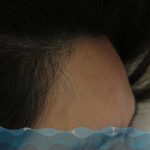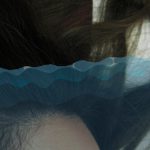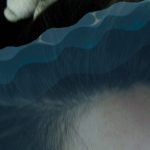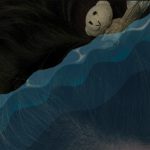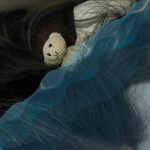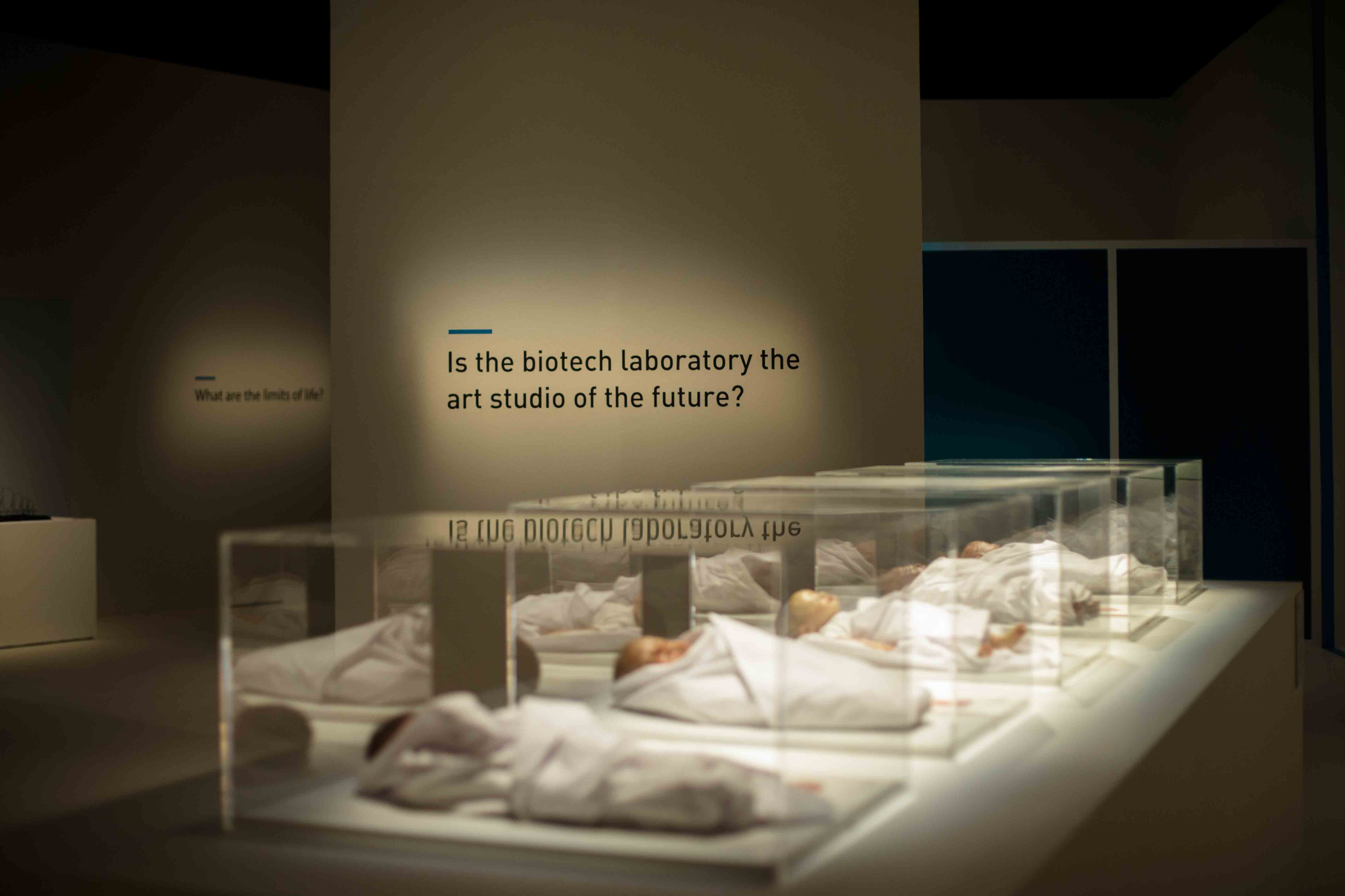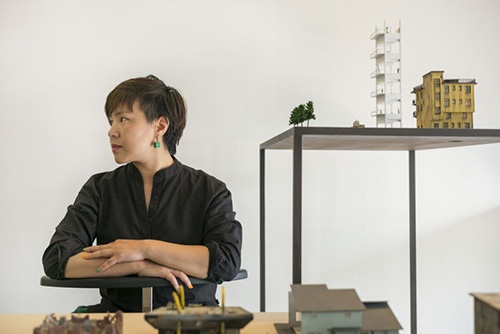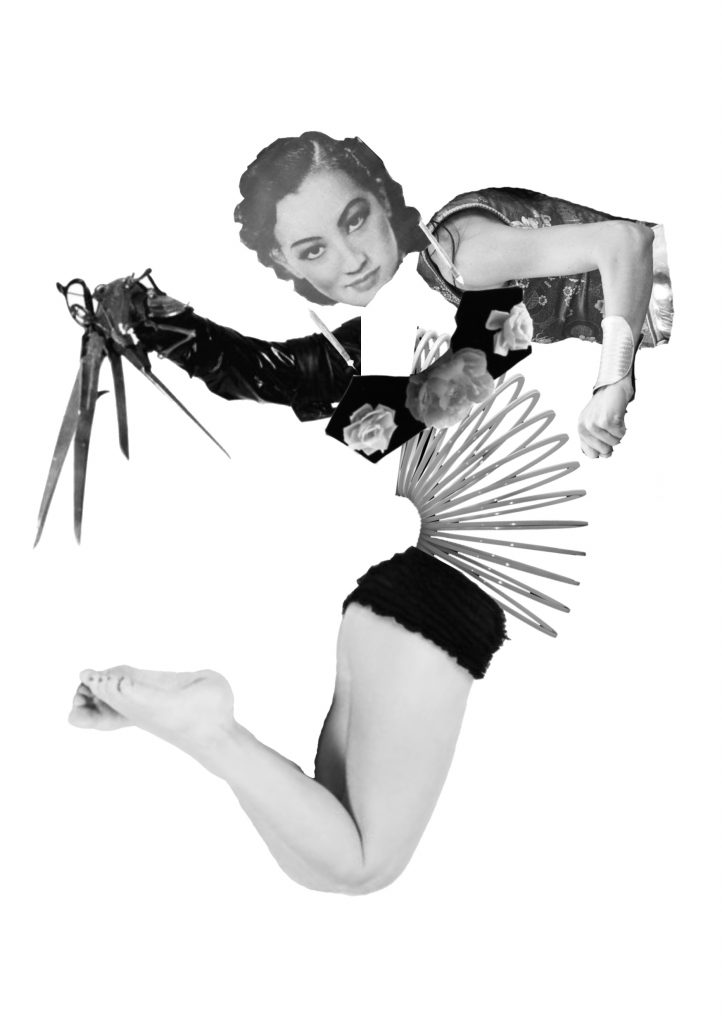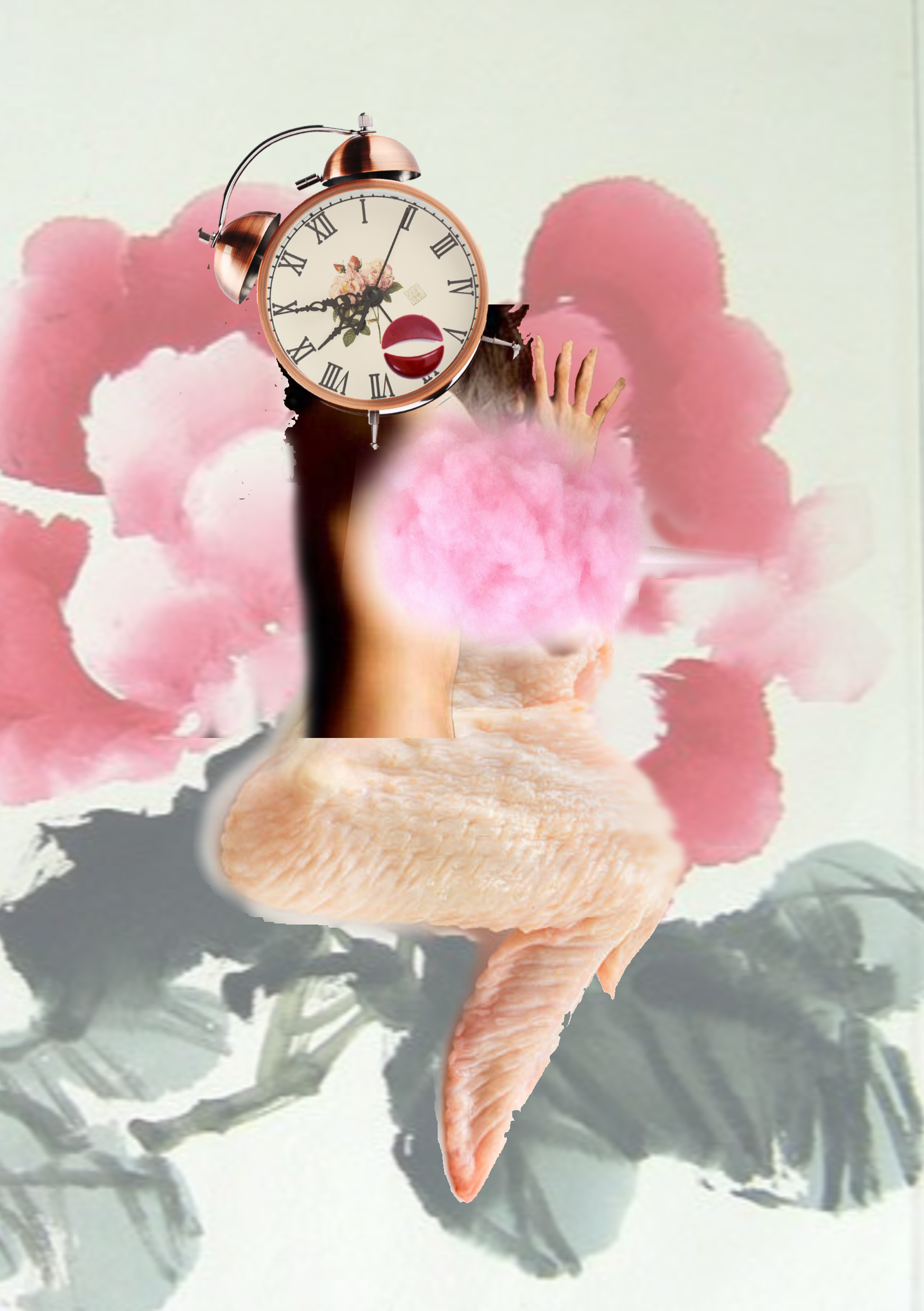Concept
For this project, I begun with this set of sketches as my concept:
I was very interested in the idea of “what happens when we sleep”. In medical science, a lot of repair functions occur while we sleep, thus I wanted to take a fun twist on that.
I decided to talk about how “rosy apple cheeks” come about.
Research/ Experimentation
As seen in part (2)–The “fall”
I was looking at this animation to get references for a falling action. However this was too challenging as I had to convey motion, texture and weight. Thus I decided to think of something else.
This transition is however crucial and I still had to cover what I can’t fake. Thus I considered composing for a huge seed to fall, then for seed dispersal to happen before the trees grew again. However, this did not help to obscure the awkward transition I was struggling with.
Eventually, I decided to go further with the theme of a dreamscape/ fantasy and just to suggest the workings of magic.
I used a radial gradient to create a glow around my hand. I then added “magic sparkles” by editing a photo of the galaxy. Rather than attempt to obscure it, I chose instead to draw emphasis to this transition.
To further play around with the idea of magic, I let the soft toy extend the length of the hand, making it clear that this was no realistic. This also helped with adding more elements in the mis-en-scene to make it more visually appealing.
As seen in part (2)–The “crumble”
This was overly ambitious and I had absolutely no idea how to execute it. Thus instead, I made the soft toy levitate the hand back to it’s original space.
Since the soft toy was “floating up” I tried to play with the idea of going underwater.
However the rendition below was quite boring, so I tried to slant the water levels so as to play around a bit more with the composition.
I was flirting with the idea of adding in the movement of fishes also to add variety into the pictures. I looked at these videos to gain inspiration.
(02:21 onwards)
However, upon harder consideration, I realised that the sea/fish sequence did not value add to the full story. Thus I scrapped the sequence.
Editing and Technicality
To move my soft toy around, I had to use clothes pins to pin it into shape. 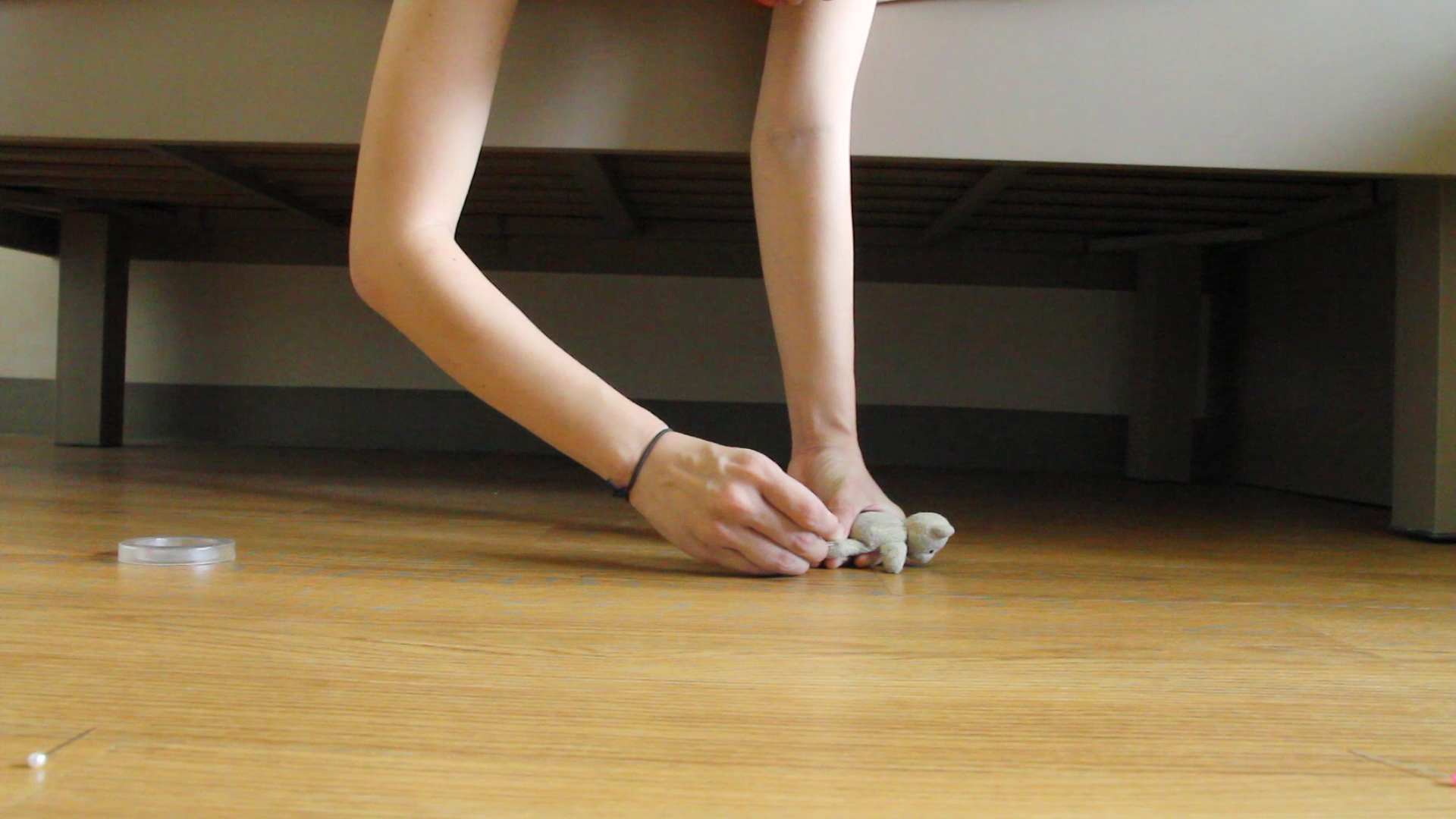
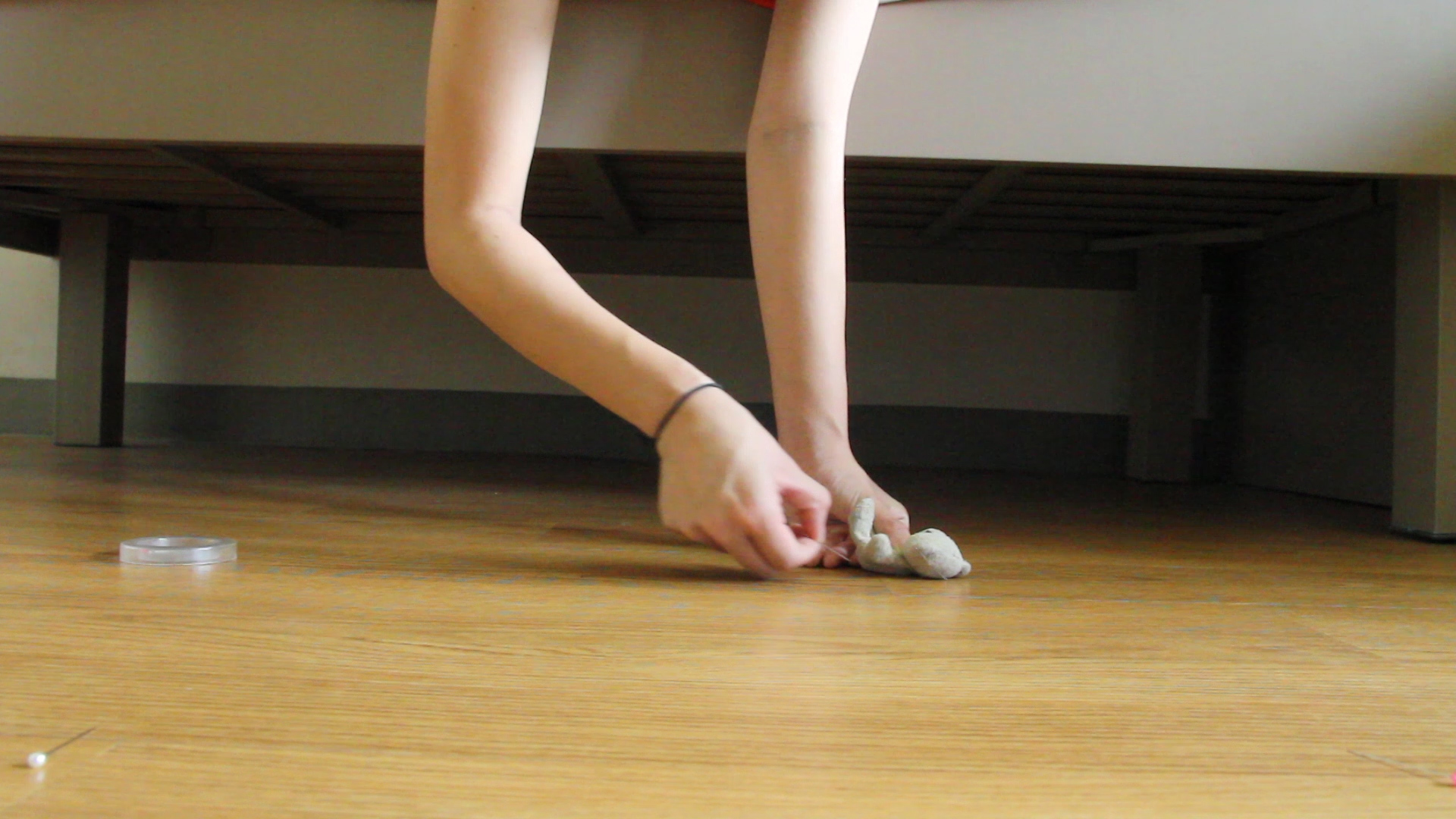 This picture below shows the real photo, before any form of editing. I used to pin to hold the soft toy so as to minimise my contact with the toy and thus help with editing.
This picture below shows the real photo, before any form of editing. I used to pin to hold the soft toy so as to minimise my contact with the toy and thus help with editing.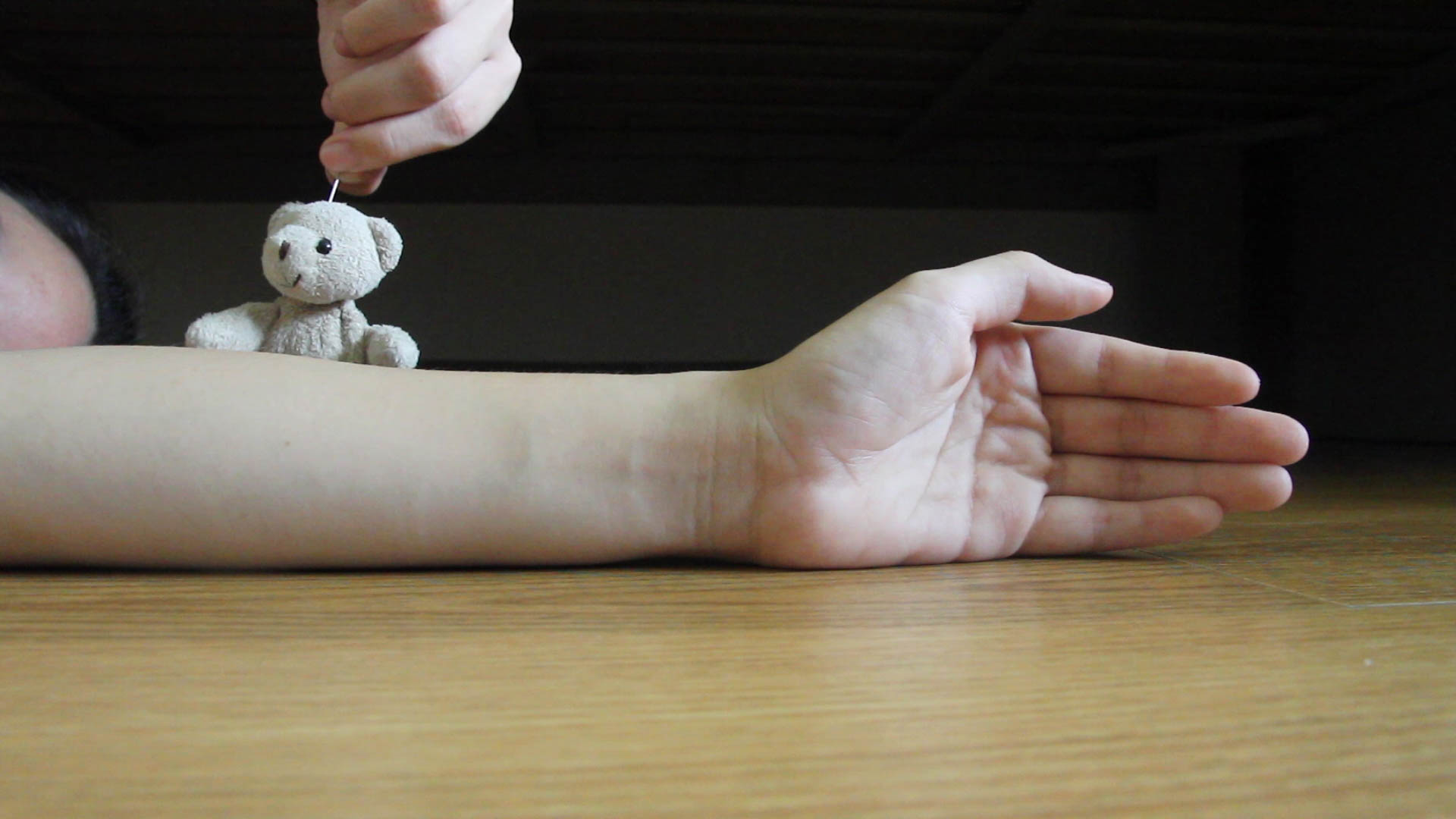 This picture shows the cleaned up version of the photo.
This picture shows the cleaned up version of the photo.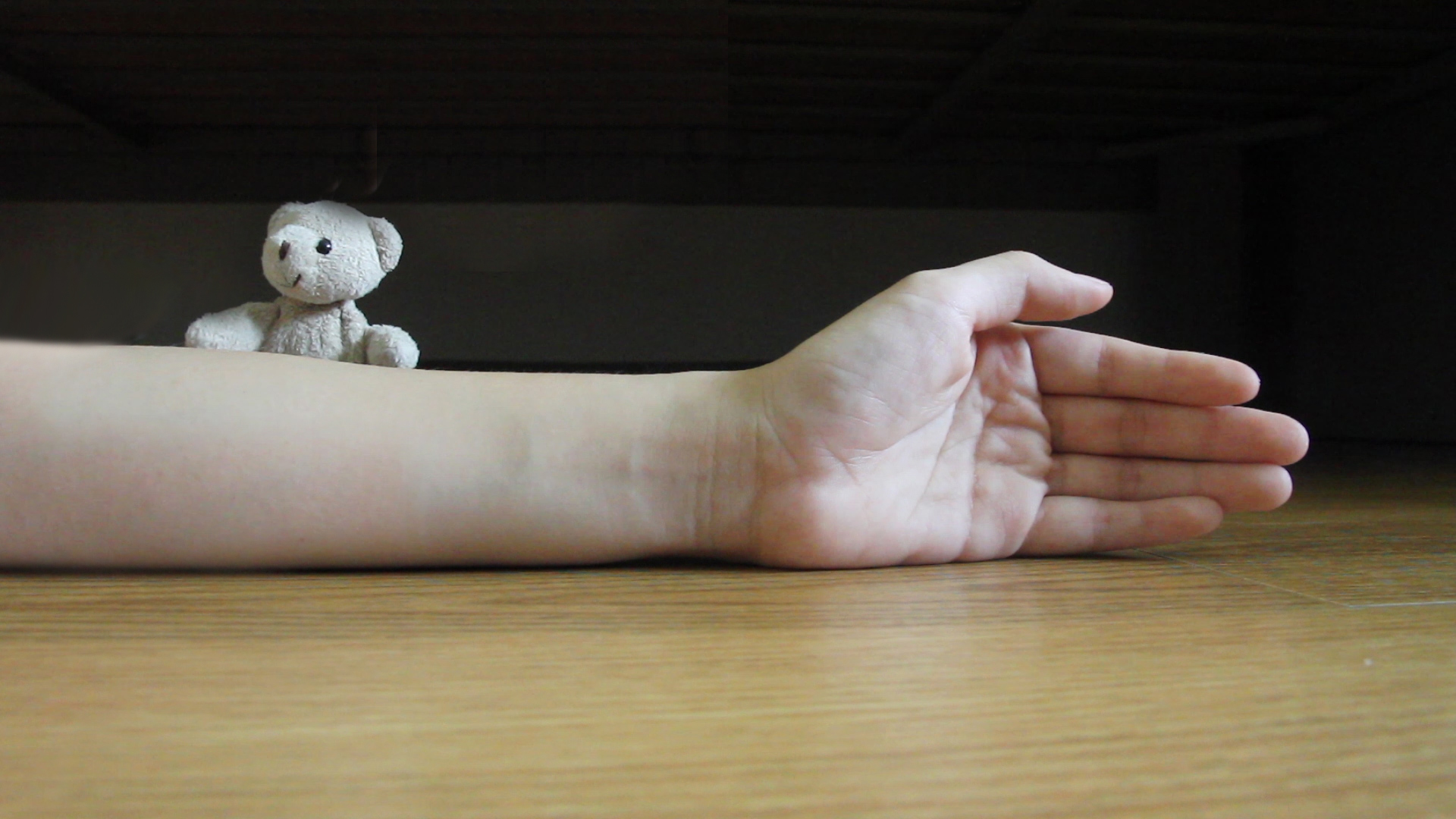 This picture shows the final look of the photo, complete will illustrations added in.
This picture shows the final look of the photo, complete will illustrations added in.